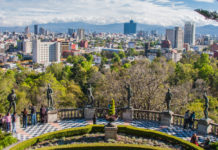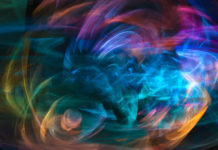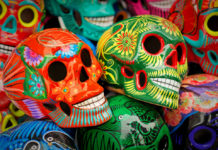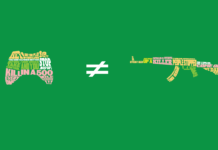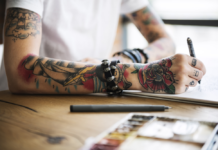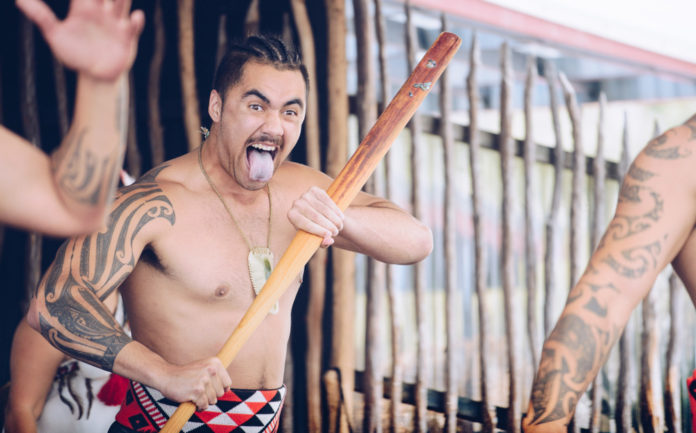An Ancient Tradition – Before a written language there were tattoos
Tattoos have been an important part of Polynesian cultures for the last 2,000 years. In ancient times, the Oceania region lacked written forms of communication, making tattoos a way of expressing a person’s personality, identity, rank in society, and passions. Polynesian tattoos were common amongst a large number of the members of society. Inhabitants of the region saw them as a way of obtaining strength, power, and protection.
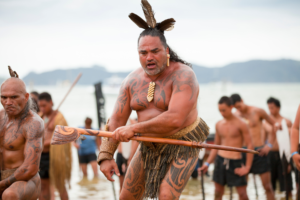
Tattoos firstly developed into a highly sophisticated form of art in the islands of Tonga and Samoa. In the former, Tongan warriors used to get tattoos from the waist to the knees with patterns that included bands, triangles and areas of skin fully covered in black. In Samoa, tattoos played an important role in religion and the lives of warriors. The tattoos are done in warriors used to begin on the waist and continued until below the knee.
The Role of Polynesian Tattoo Artists
The role of tattoo artists was passed from generation to generation through an apprenticeship system. In addition, Polynesian tattoo artists were highly privileged and venerated members of society. The early Polynesians often regarded as spiritual leaders. Their responsibilities included not only mastering the tattooing process but travelling to neighbouring islands to perform rites. The tattooing process was so spiritual that tattoo artists would often restrict the person getting the tattoo. These restrictions included eating certain foods or ordering them to abstain from intercourse or contact with women for a fixed period of time.
A Painful, Loud, and Risky Process – Still worth it though…
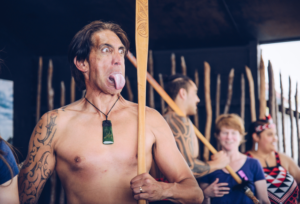
Ancient Polynesians would endure intense pain whilst getting a tattoo and the risk of infection was ever-present. Nevertheless, if they backed down they would risk being insulted or labelled as cowards. If men could not stand the pain and stopped the process, they would have to carry the shame of an incomplete tattoo for the rest of their lives.
The first step to follow when tattooing an individual was to map out the design using materials such as charcoal. The tattoo artist would use a tattooing comb or needle for the rest of the process. This tool was typically made of shark teeth or bone attached to a piece of wood. The artist would then tap into the person’s skin and deposit ink. This would create the desired design. Once the tattoo was done, the recipient would usually wash it using salt water to avoid further infection. Those being tattooed would often scream or cry so that others in the village could hear how brave they were and see the extreme amounts of pain they could endure.
Tattooing sessions used to last until the person could no longer stand the pain. The whole process of finishing a tattoo could actually last up to four months. The healing process that came afterwards could last up to a year. Since tattoos often covered large portions of the recipients’ skin, it was common for the families and friends of the tattoo recipients to take care of them while they healed.
Polynesian Tattoos and Social Classes
The higher the social class of the person being tattooed, the bigger the ceremony was. When it came to middle-class people, their tattoos were usually done in the house of the tattoo artist. Lower classes were tattooed by novices. Members of the lowest classes, such as fishermen, were rarely ever tattooed. This system led tattoos to become a mean of social class distinction in some Polynesian cultures.
Different Meanings and Locations
The body part where a tattoo was located could mean different things in ancient Polynesia. For instance, tattoos on the head meant spirituality, wisdom, and knowledge. Tattoos on the lower trunk were related to independence, energy and sexuality. Upper arm tattoos meant strength and bravery (this kind of tattoos was often done on warriors). Lastly, higher trunk tattoos meant generosity and honour, and arms and hand tattoos meant creativity and creation.
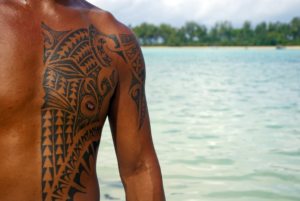
Some Polynesian tattoo designs included “Enata” (human figures that often represented people and gods), shark teeth, the ocean, tiki figures symbolizing semi-gods, guardians or ancestors, and animals like turtles, lizards, or stingrays. These designs were always symmetrical and aligned with other tattoos in the body. The figures and patterns were also passed down from generation to generation, meaning tattoo artists never really created new designs.
Another interesting fact is that Polynesian tattoos on the left on the body were mainly associated with women, whilst tattoos on the right side of the body were associated with men. Women were not as often tattooed as men. Tattoos for women were usually located in their arms, feet, ears, lips, and hands mostly for beauty and aesthetic purposes. Tattoos on women were made up of delicate designs and often resembled gloves or stockings.
Unfortunately, the meaning and purposes of the designs of a large number of Polynesian tattoos were lost after the arrival of the Europeans.
Dark Times
After the arrival of European colonists, missionaries also arrived in the islands expecting to convert the natives into their European way of life. The missionaries opposed the art of tattooing and tried to convince the islanders of focusing on God instead. Afterwards, the colonists forced the natives to cover up their tattoos and work while they sacked the islands. Tattoos were then outlawed.
The Europeans also started taking tattooed islanders back to their continent to display them as “curiosities”. One of these islanders was known as Prince Giolo, or the “Painted Prince” a fully tattooed islander that was taken to England from the Philippines by adventurer William Dampier. Dampier thought he could make money off Prince Giolo by displaying him in London, which proved to be successful. Dampier had portraits of Prince Giolo done to show his tattoos and created a tale of how his tattoos helped him drive away snakes and other poisonous animals, making him absolutely formidable. Prince Giolo died a while after his arrival in England, and a piece of his persevered skin was the first documented collection of tattooed skin in England, making it an anatomical curiosity in the country.
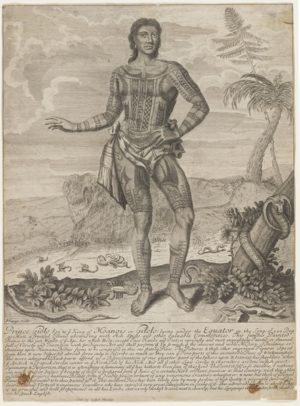
Prince Giolo was not the only Islander to die due to the mistreatment of the European colonizers. Around 85,000 islanders died due to illnesses that included syphilises, smallpox, and measles. The secrets and meaning of their tattoos vanished with them and the records created by the European colonists are either inaccurate or incomplete.
Revival and Polynesian Tattoos Today
The art of Polynesian tattoos was deeply affected after the arrival of European colonists. Nevertheless, it is now common for younger generations in places such as Tahiti, to proudly display Polynesian tattoos. This new phenomenon started in the 1970s, 1980’s, and 1990s with the youth trying to achieve an identity revival and a greater acceptance of tattoos in the area.
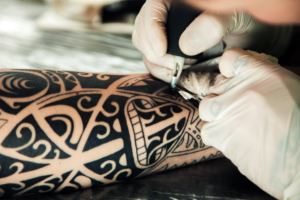
The Polynesian diaspora has also taken the art of tattooing to places as far as Los Angeles, where groups of Filipino descendants are looking to preserve their heritage and traditions by getting Polynesian tattoos often based on their family histories and life events to create unique designs.
While some young people now incorporate color and modern designs into tattoos that consisted of traditional black patterns, there are also some islanders trying to preserve the art of ancient Polynesian tattoos.
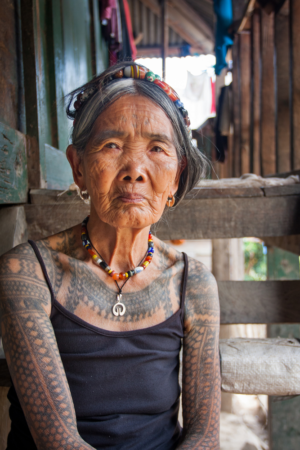
An example is Whang-Od, a Filipino tattoo artist that started tattooing over 80 years ago and lives in a tiny town in the middle of the mountains named Buscalan. She first learned the practice of traditional tattooing from her father and has now passed the knowledge to her niece, whom she has trained since she was nine years old and who she hopes will keep the tradition alive. People from all over the world travel to Buscalan just to get a tattoo from the one and only Whang-Od. You can learn more from her here:
[embedyt] https://www.youtube.com/watch?v=57ozdNDqDKM[/embedyt]
The original techniques for Polynesian tattoos have changed in the last decades and have now been modernized. Nevertheless, this kind of tattoo is recognized and admired worldwide due to its beauty, uniqueness and cultural significance.






